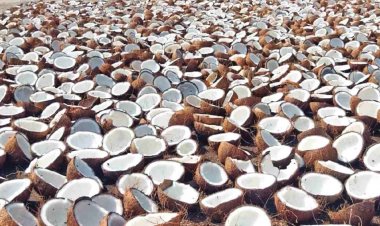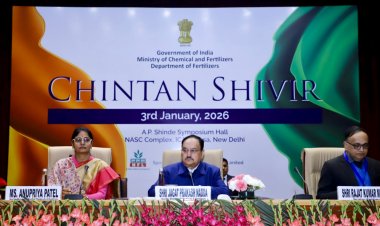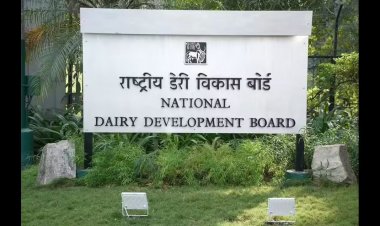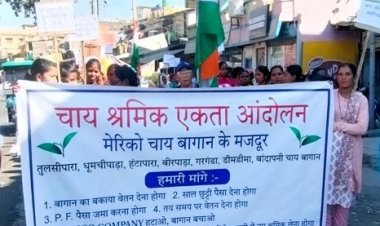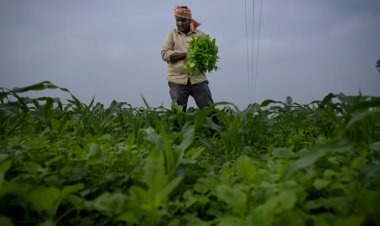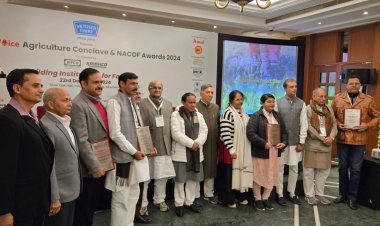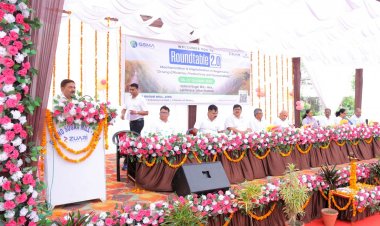Paddy acreage falls by 43.83 lakh hectares; foodgrain stocks at 4-year low in central pool
The paddy acreage is lagging behind that last year by 43.83 lakh hectares due to the rainfall deficit in the current monsoon season in several major rice-producing states. According to the figures released by the government, as of 12 August 2022, the paddy acreage has been 309.79 lakh hectares in the current Kharif season (2022-23) while it had been 353.62 lakh hectares up to the same time last year. If the area under paddy does not increase in the days to come, assuming rice productivity of 2.71 tonnes per hectare, the rice production in the current Kharif season may fall behind that last year by about 110 lt.
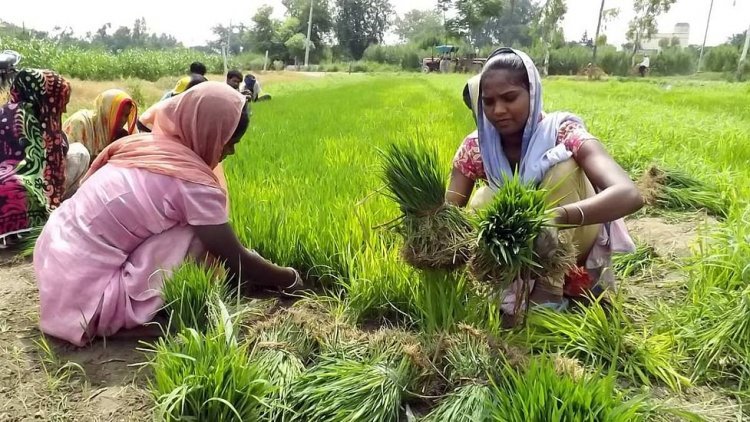
The paddy acreage is lagging behind that last year by 43.83 lakh hectares due to the rainfall deficit in the current monsoon season in several major rice-producing states. According to the figures released by the government, as of 12 August 2022, the paddy acreage has been 309.79 lakh hectares in the current Kharif season (2022-23) while it had been 353.62 lakh hectares up to the same time last year. If the area under paddy does not increase in the days to come, assuming rice productivity of 2.71 tonnes per hectare, the rice production in the current Kharif season may fall behind that last year by about 110 lakh tonnes (lt).
On August 1 this year, the combined stocks of rice and wheat were at a four-year low of 676.33 lt in the central pool. These included 266.45 lt of wheat and 409.88 lt of rice. On 1 August 2021, the wheat stocks stood at 564.80 lt and the rice stocks at 444.59 lt in the central pool.
Earlier, on 1 August 2018, the combined stocks of wheat and rice stood at 658.02 lt, which were less than those in the current year. But these had been increasing every year since then — the combined stocks of the two foodgrains stood on August 1 at 764.73 lt in 2019, 864.25 lt in 2020 and 1009.39 lt in 2021.
Among the states where paddy acreage has declined in comparison to last year, Jharkhand lags behind by 11.37 lakh hectares, West Bengal by 11.23 lakh hectares, Odisha 4.31 lakh hectares, Madhya Pradesh 4.46 lakh hectares, Bihar 4 lakh hectares, Uttar Pradesh (UP) 3.37 lakh hectares, Chhattisgarh 1.43 lakh hectares, Telangana 3.39 lakh hectares and Andhra Pradesh 2.85 lakh hectares. Besides these states, paddy acreage is marginally lower than that last year in eight other states, too.
Reports of a decline in paddy acreage have led to an increase in the rice prices in the market recently. While the Minimum Support Price (MSP) of the Grade A variety of paddy is Rs 2,060 per quintal for the next Kharif Marketing Season 2022-23, farmers have sold ‘sathi’ (summer) paddy at Rs 3,000 per quintal in western UP recently. This indicates that a price rise is in the offing. Thanks to better rice production over the past few years, India has emerged as the world’s largest exporter of rice and its share has gone up to 40 per cent in the rice export market. But the way paddy acreage is lagging behind in the current Kharif season may affect the export prospects of rice.
As for pulses, another important Kharif crop, the acreage is less than that last year by 5.11 lakh hectares. Among pulses, the maximum decline has been 5.55 lakh hectares in the case of tur (arhar). According to government figures, as of August 12, the area sown has gone down for pulses from 127.22 lakh hectares to 122.11 lakh hectares. While it has reduced by 3.02 lakh hectares in Maharashtra, the decline has been 1.67 lakh hectares in Telangana, 1.24 lakh hectares in Andhra, 1.14 lakh hectares in Karnataka and 1.12 lakh hectares in Jharkhand.
Maharashtra and Karnataka are major tur-producing states. The crop has a duration of 160-180 days. The government has fixed the MSP for tur at Rs 6,600 per quintal for the current Kharif season, which is Rs 300 more than that last year. But the prices of the pulses sold by the farmers during end-November to February were running in the market below the new MSP up to July 15. Tur was selling at Rs 6,500 per quintal in the Akola mandi of Maharashtra on July 15. At Bidar in Karnataka on July 15, its price was Rs 6,700 per quintal, only marginally above the new MSP. Amidst reports that the acreage had declined, the tur prices reached Rs 7,300 per quintal in Akola and Bidar on July 30 and Rs 8,000 per quintal on August 12.
In order to check the rise in its prices and curb inflation, a worried Central Government issued a directive to all the states and UTs on August 12 to enforce stock disclosure by stockholders of tur under the Essential Commodities Act, 1955. Under this, stockists and traders will have to upload the data of stocks held by them on the online monitoring portal of the Department of Consumer Affairs on a weekly basis. Such steps may send a message to the farmers that if the prices rise in the coming days, the government may take further steps to rein in prices.
Significantly, the states that have witnessed a decline in paddy acreage are the ones that have had deficit rainfall and at several places, the rainfall has been 50 per cent above normal. On the other hand, there has been excess rainfall in states where pulses acreage has gone down. In these states, farmers have preferred cotton and soyabean to pulses because the prices of the former have been substantially above MSP this year. While the MSP for medium-staple variety of cotton is Rs 6,080 per quintal, the prices of cotton are currently running at Rs 9,000-Rs 10,000 per quintal in Maharashtra and Gujarat. On the other hand, while the MSP of soyabean is Rs 4,300 per quintal, it is currently selling at more than Rs 6,000 per quintal in the Akola mandi.
According to government figures, as of August 12, the coarse cereals acreage stood at 166.43 lakh hectares, 5.10 lakh hectares more than that last year. But the oilseeds acreage is 180.43 lakh hectares, which is 1.40 lakh hectares less than the 181.83 hectares last year. The cotton acreage at 123.09 lakh hectares stands higher than that last year by 6.94 lakh hectares. The sugarcane acreage is 55.20 lakh hectares, witnessing an increase of 0.68 lakh hectares from that last year.
As per the government figures, as of August 12, the total Kharif acreage was 963.99 lakh hectares, which is a decline of 37.62 lakh hectares from the figure of 1001.61 lakh hectares in the same period last year.



 Join the RuralVoice whatsapp group
Join the RuralVoice whatsapp group


















